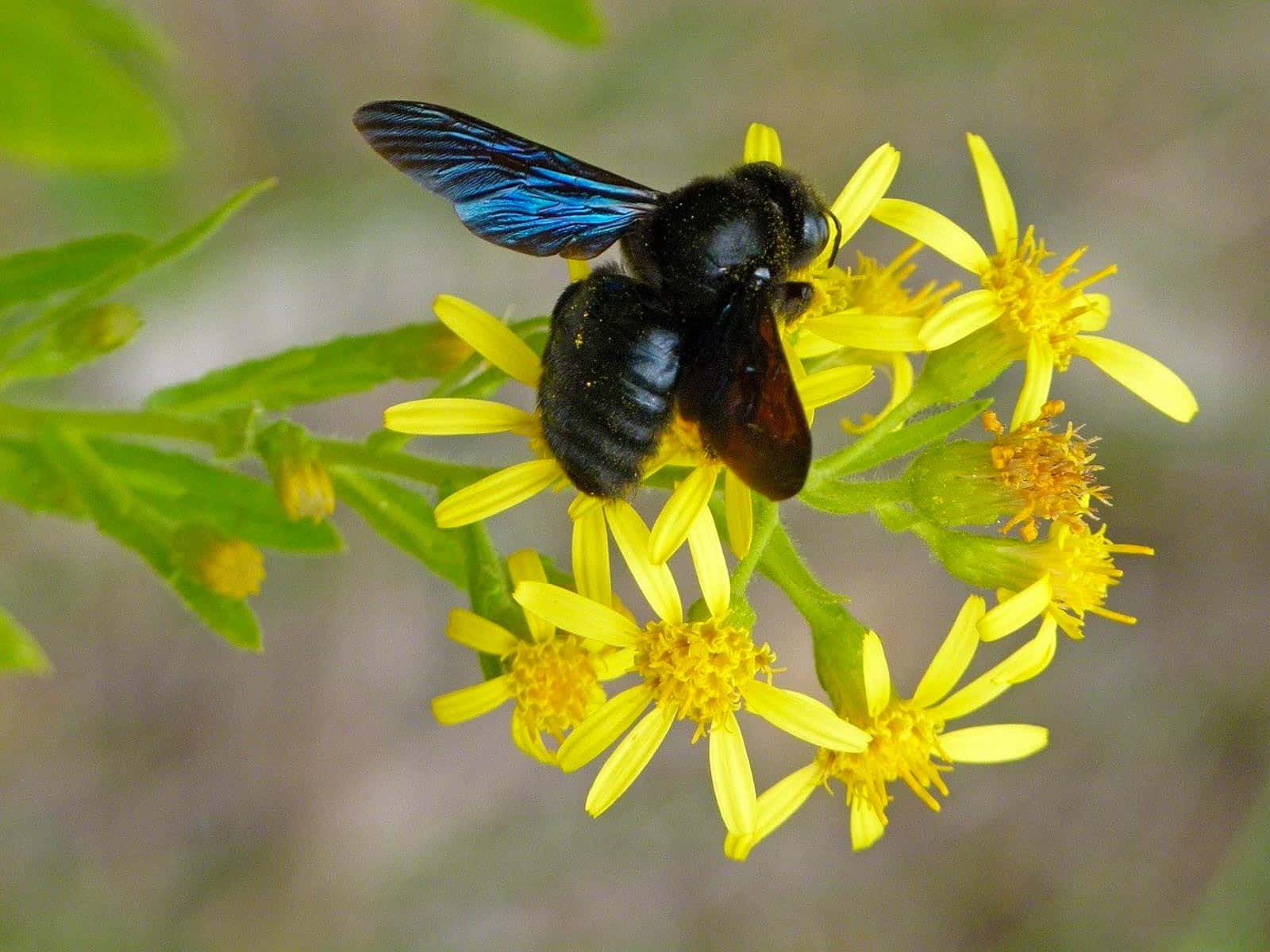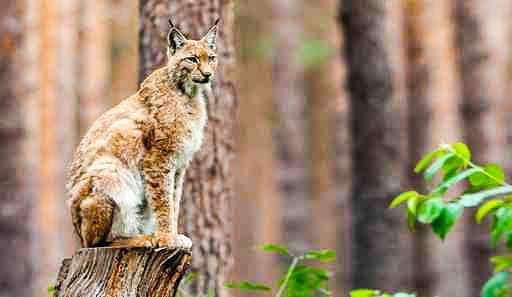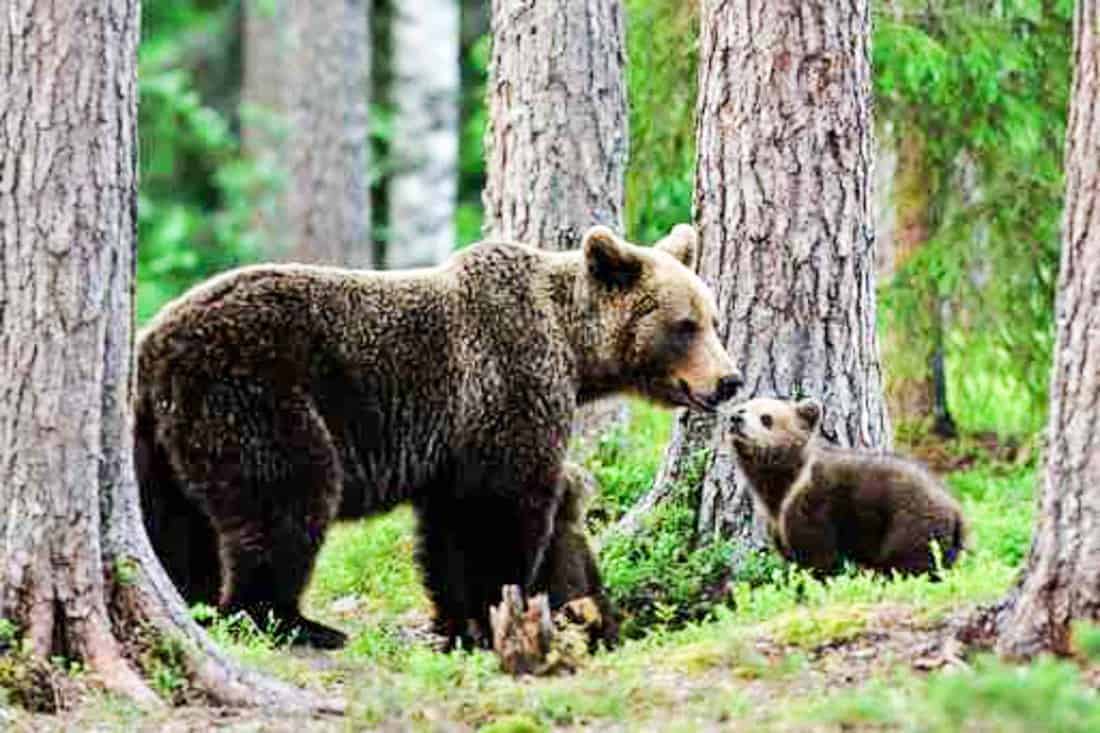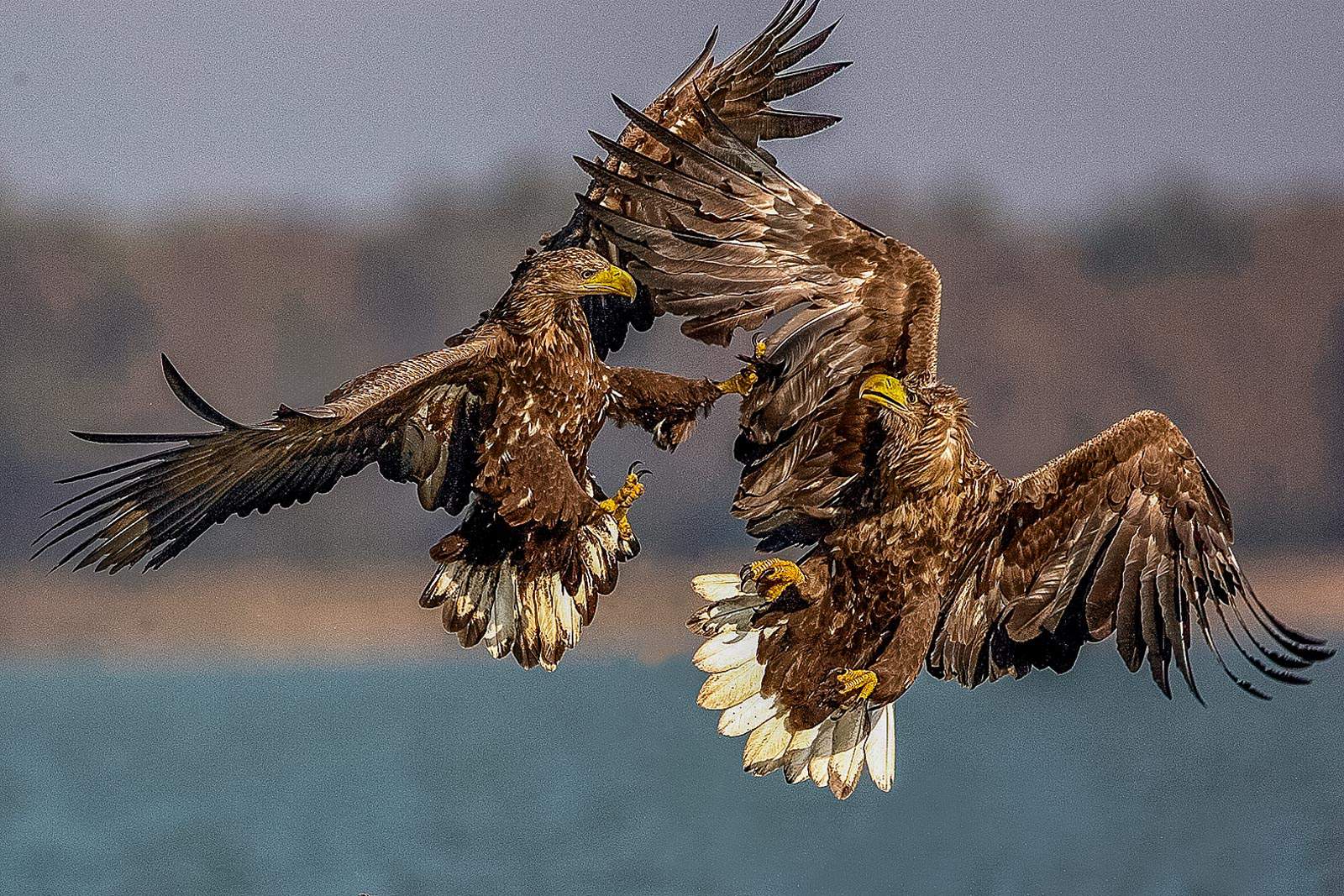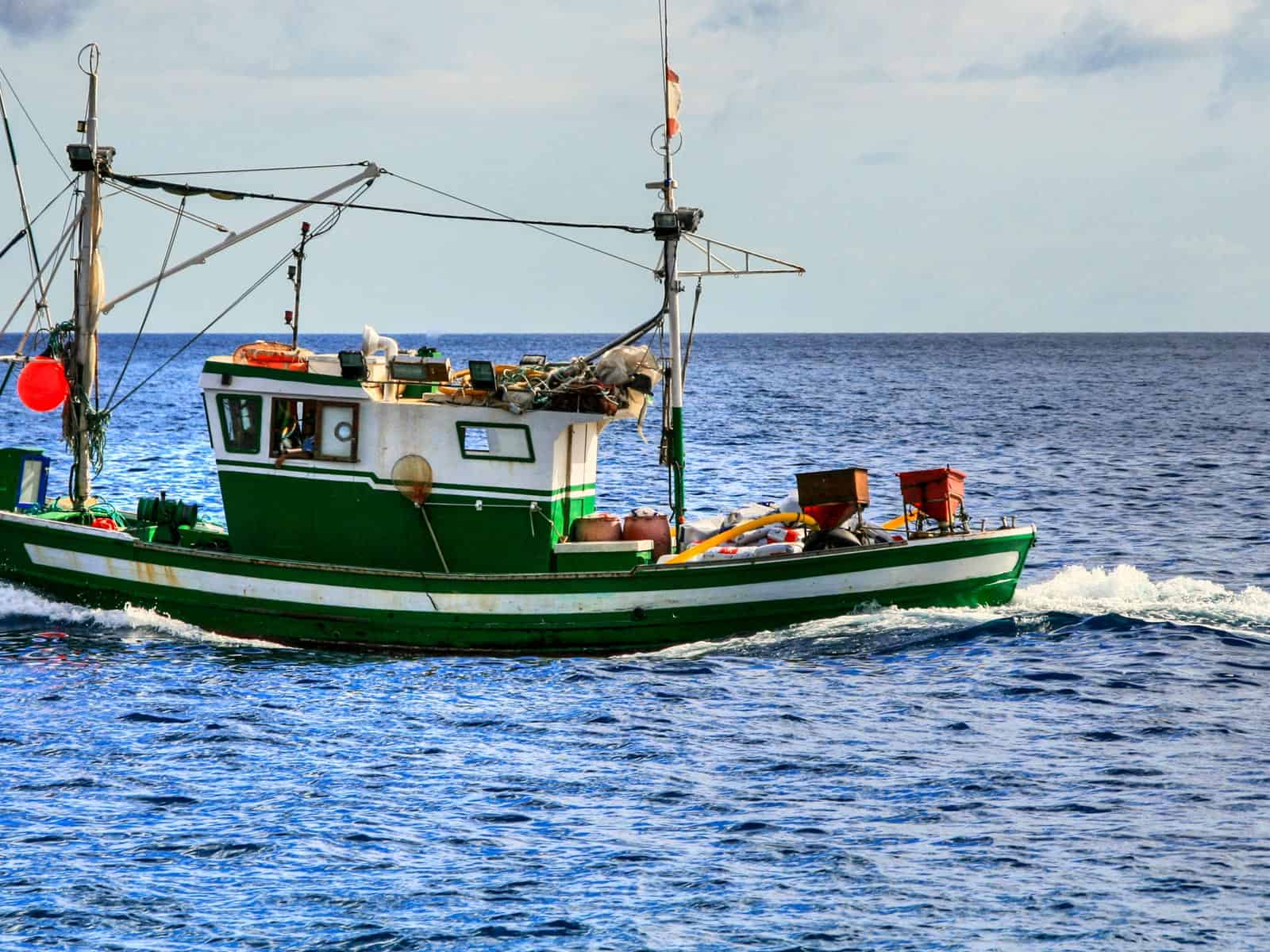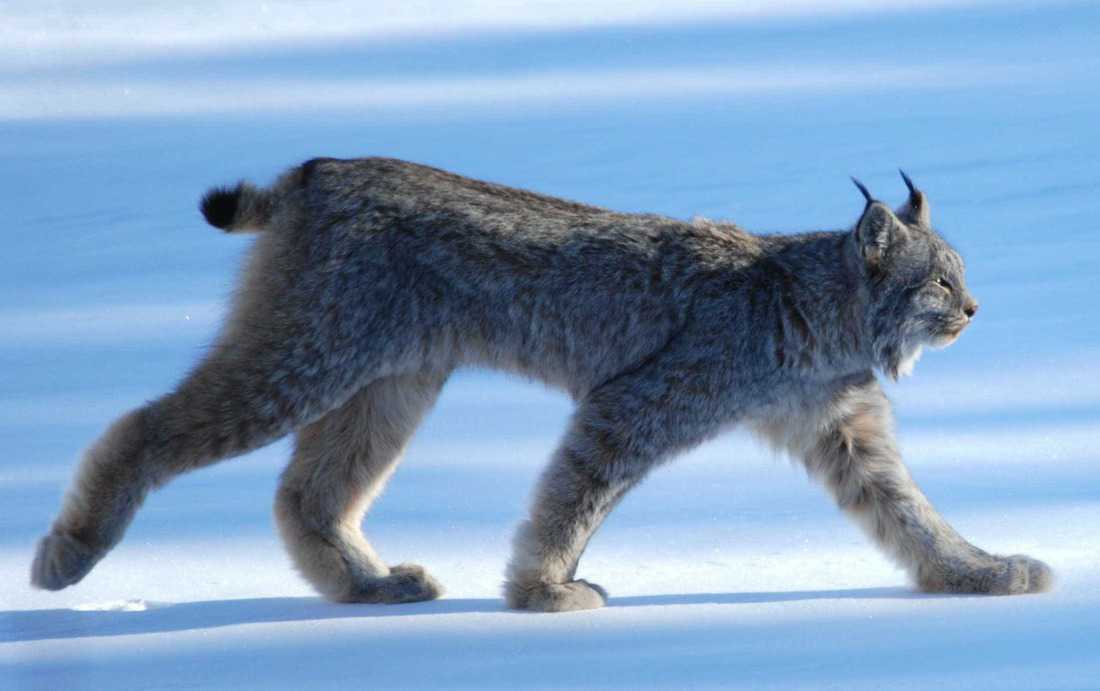In search of the rarest cat on Earth
The Iberian lynx (Lynx pardinus) is a critically endangered species and symbol of Mediterranean Wilderness. It is the most prevalent in the Iberian Peninsula located in Southern Europe. The Iberian lynx is the world’s most endangered feline species. There are real fears that it may soon become the first cat species to become extinct for at least 2,000 years.
Please also read: Iberian Lynx: Back from the Brink
The Iberian lynx is a rabbit specialist with a low ability to adapt its diet. A sharp drop in the population of its main food source contributed to the feline’s decline. The lynx was also affected by the loss of scrubland, its main habitat, to human development, including changes in land use and the construction of roads and dams.
Our colleague mr. Roeland Vermeulen from FREE Nature spent a small holiday to Sierra Andujar, Spain in hope of glimpsing the Iberian lynx with the conclusion that: Having animals in captive breeding stations, in semi wild enclosures and in wild populations all contribute to their long term existence. This is true for the Iberian lynx but also for many other endangered wildlife species such as European bison, Przewaldski horse, Saiga antelope, Caucasian leopard, Iranian cheetah and many others. what we really need is more places, more Wilderness areas which aim to restore their indigenous mega fauna species assemblages, both for ecosystem functioning as for the survival of our Wilderness icons.
Let’s enjoy his short report here:
In search of the rarest cat on Earth, Roeland Vermeulen, FREE Nature

